SUMMARY
This is AI generated summarization, which may have errors. For context, always refer to the full article.

CAGAYAN DE ORO CITY, Philippines – It would take several more years before thousands of displaced families could get compensated by the government for their losses and return to rebuild in areas reduced to rubble during the Marawi Siege that began five years ago today, Monday, May 23.
For many, the long wait to return could take at least three more years at the earliest to 10 years or even much longer, according to Lominog Lao, director for the Lanao area of the National Commission on Muslim Filipinos (NCMF).
That’s because about 40% of the land claims made by families that fled the 2017 Marawi Siege’s ground zero are now under dispute, Lao told Rappler on Saturday, May 21.
“Some have land titles, others don’t, and there are those with problematic documents,” he said.
In Marawi, many of the properties were passed on from one generation to another, and whoever occupied these were recognized as the owners. All that changed when the bombardments and air strikes reduced much of the city to ruins and leveled communities to the ground in 2017.
Until the disputes are settled, properties damaged or destroyed in the fighting five years ago cannot be assessed, and none of the claimants can receive compensation and start rebuilding.
On April 27, President Rodrigo Duterte signed into law the Marawi Siege Compensation Act of 2022 so that the government could pay thousands of Maranao families for their losses. Republic Act No. 11696 also entitled those who lost family members to claim compensation.
The new law provides, too, the creation of an independent and quasi-judicial compensation board to receive claims and resolve disputes.
“There are no guidelines yet, and we still do not know how much people who lost much are entitled to,” Lao said.
Five years after the siege, what used to be crowded communities look like ghost towns.
Several families have returned to Barangay Tolali, and several villages outside the city proper. But most of the displaced were either still living in temporary shelters or moved on elsewhere, said Lao.
The United Nations Human Settlements Programme (UN-Habitat) has provided permanent housing for about 1,000 homeless families with the help of Japan which gave $10 million. The beneficiaries are just a fraction of the more than 49,000 families displaced during the 2017 Marawi Siege.
More than 400 of these houses, built on land away from the city proper, were awarded to homeless families on Thursday, May 19.
In a May 2020 report, the United Nations High Commissioner for Refugees counted some 120,000 people living in permanent and temporary shelters outside Marawi City.
As of April, the Task Force Bangon Marawi (TBFM) registered 49,785 displaced families – 17,793 in 24 villages in the most-affected area and 28,280 in 72 other villages.
Of those displaced, only 95 were able to rebuild or make repairs, and 361 construction projects were ongoing, based on the April data of TBFM.
About 2,721 applications for business permits have been submitted to city hall so far, and of these, only 1,201 were approved, data showed.
Overlapping claims
TFBM head and Housing Secretary Eduardo del Rosario said the local government had to be strict on rules, and officials cannot just allow bickering families to return and rebuild without following legal processes.
Del Rosario said there were overlapping claims on properties.
“If we will just allow them to come in without regulatory powers being imposed by the city government, it will be chaotic,” Del Rosario said.
Lao said many of the land disputes may need to be settled “the Maranao way through the elders” because the litigation could take years.
He said there were “too many requirements,” and in many of the villages, tap water is still unavailable.
“Even if they are allowed to return, people have no money to rebuild. There is no specific amount set for the compensation packages, and it would take time for the government to assess their losses, especially for those who are now caught in land disputes,” Lao said.
The TFBM said more than 70% of the infrastructure projects the government had planned under the Marawi rehabilitation program have been completed.
These include a road network and other village infrastructure projects on what was the main battleground in 2017.
The government also built the Ramadan Mosque, Sarimanok Sports Stadium, Marawi Convention Center, School of Living Tradition, museum, and Rizal Park, among others.
But the projects are merely aesthetics, and meaningless unless the very people left homeless five years ago have returned.
“The residents did not ask for them,” Tirmizy Abdullah, national coordinator of the Interfaith Cooperation Forum, said in an earlier interview. – Rappler.com
Add a comment
How does this make you feel?

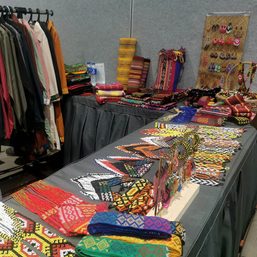
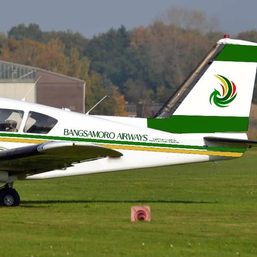
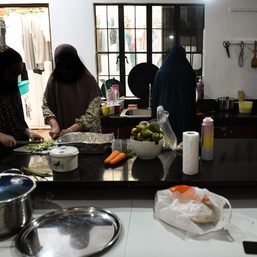
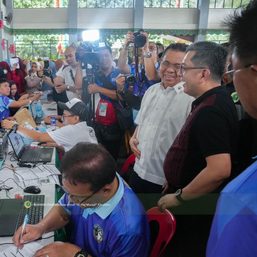
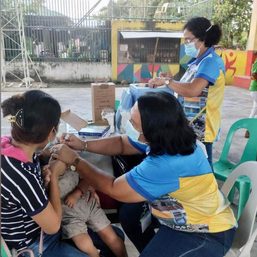
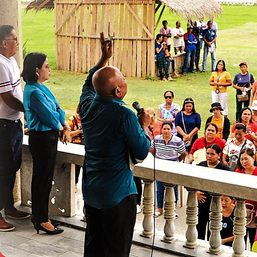
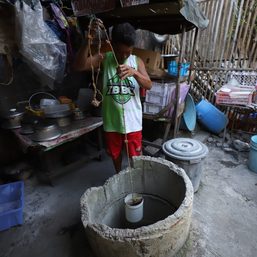
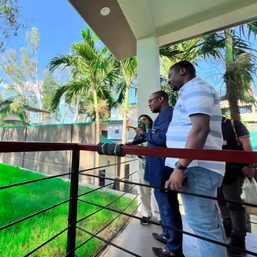
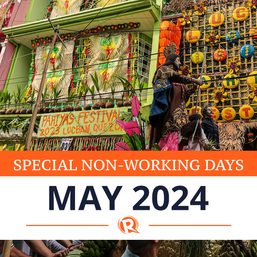
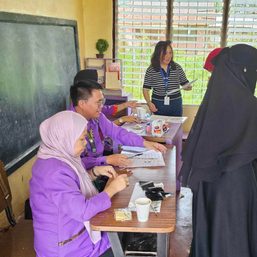
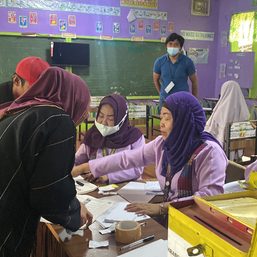
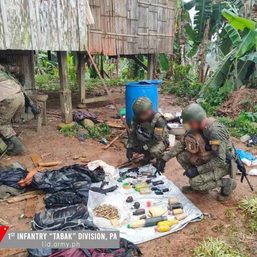
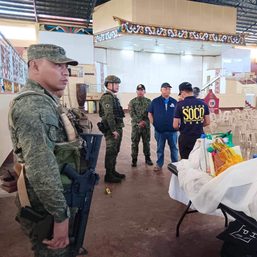
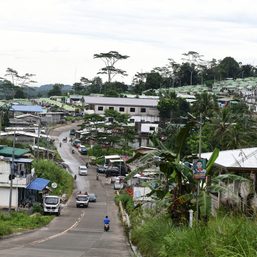
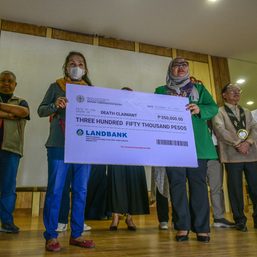
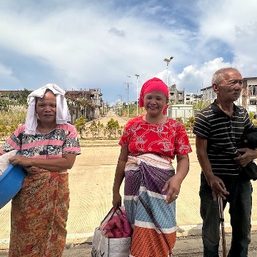
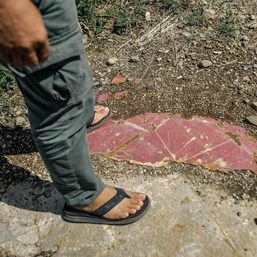
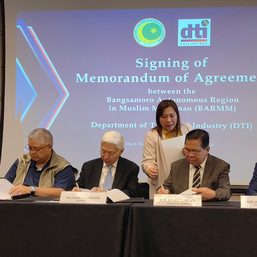
There are no comments yet. Add your comment to start the conversation.